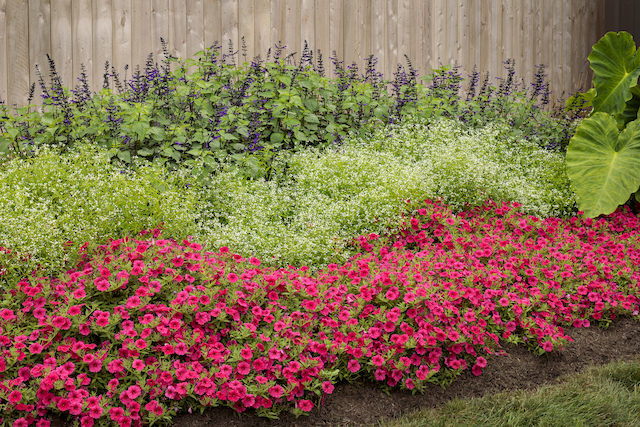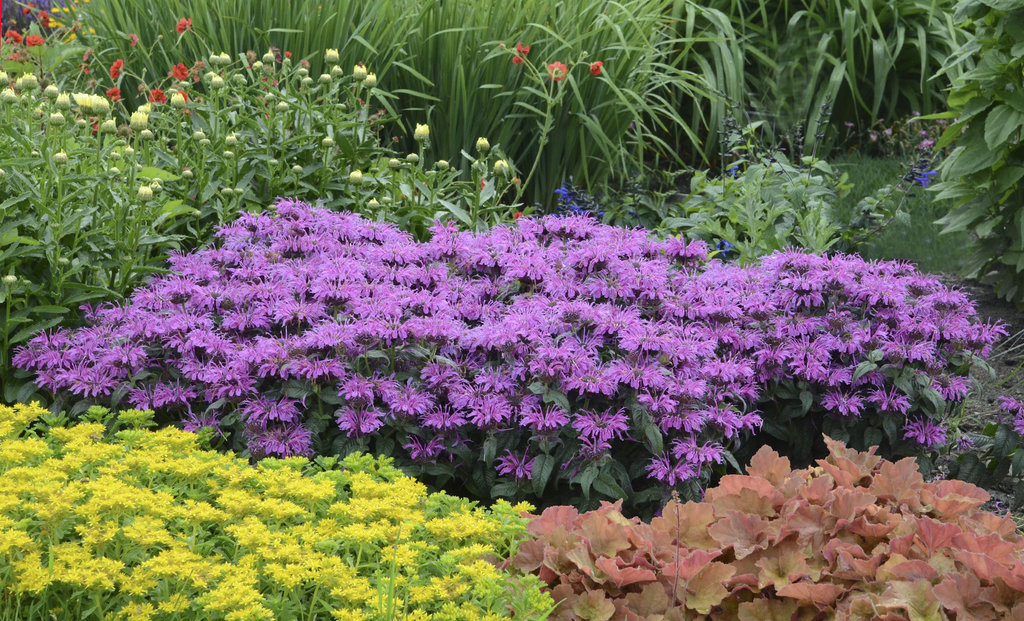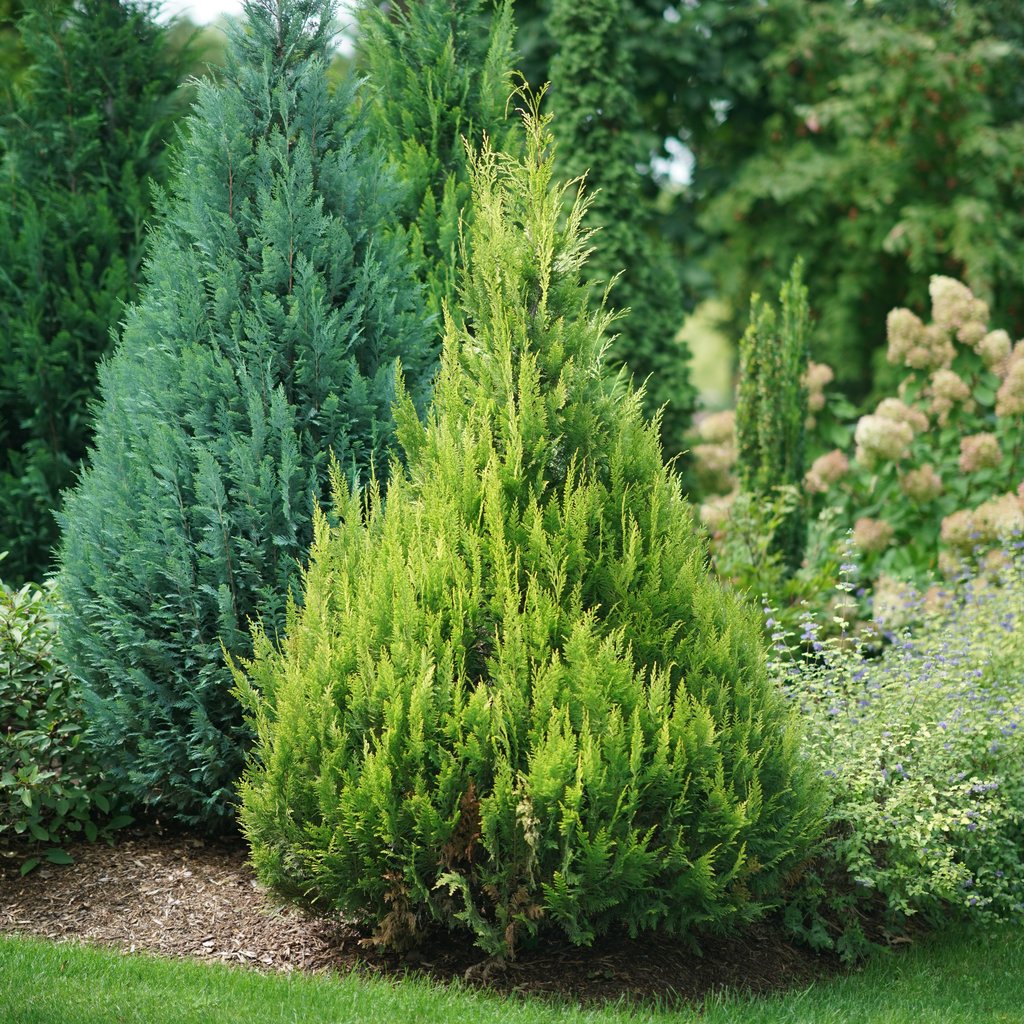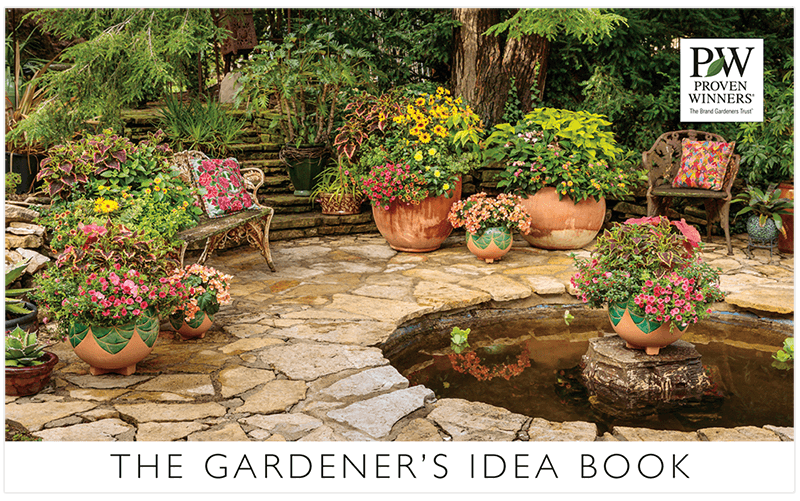10 Things to Know About Your Garden Soil
Soil is the foundation and is key to the success of your garden. You can acheive strong results in a wide range of garden soil, although some soils are easier than others. The first important step is understanding the type of soil you have. Once you know this you can work on improving it so your garden is the best it can be.
|
1. Soil Test
A soil test is a great place to start when approaching a new gardening season--you will learn what the pH and nutrient levels are in your garden soil. The results of the soil test will help you then apply the correct nutrients to your garden and adjust pH levels, if necessary.

2. Soil pH
Soil pH is a measure of the acidity or alkalinity of your soil. Most plants perform best when the pH is between 5.5 to 6.5, although some plants are adapted to thrive in environments with lower or higher pH levels. The Dirt on Dirt – Basics has more information on soil pH and soil tests.
3. Soil Type
Soils come in a wide range of types, but are commonly grouped into a few main categories. Clay, sand and loam are the most common soil types. If your soil is loamy, you are likely a very happy gardener. Your soil has a nice balance of good drainage and water holding capacity and will be relatively easy to create a successful garden. Clay and sandy soils will need several amendments to help your garden thrive, but don’t despair--sandy and even clay soils have their good points. While most soils fall into these broad categories, there is a lot of variation within the categories.

4. Compost/Organic Matter
Up to now, we have been talking mostly about the science of soil and that may be a bit intimidating. Compost, on the other hand, is not at all intimidating. Compost is just organic matter, which is decomposed plants. Adding compost will improve your soil and make gardening easier for every single garden. You can make your own compost, find free or low-cost sources of compost (municipalities often have compost available) or buy compost in bags or in bulk at garden centers. Learn more about compost.
5. Encourage Earthworms and Microorganisms
We can see soil, water and fertilizer at the top of our soil. What we can’t see is the ecosystem that exists just beneath the surface. Our soil it full of all kinds of organisms, and earthworms are one organism that we are all likely familiar with. We are likely less likely to think of insects, fungi and the good bacteria that are unseen in our soil. This army of organisms consume and breakdown organic matter, which releases the nutrients that plants utilize. These unseen garden heroes are what support your plants. To keep that underground ecosystem thriving avoid pesticides as much as possible and keep the soil moist.

6. Impact of Soil Type on Watering
The type of soil in your garden will affect how often and how much you need to water since different kinds of soil will absorb and hold different amounts of water. Clay soils, for instance will hold more water that plants can access over time but can also stay wet too long in some instances. This can lead to root issues. Sandy soils will allow water to drain very quickly, leaving soils to dry out much more quickly, which can mean watering quite often. Loam soils have a good balance of holding water and allowing drainage, which allows moisture availability over time, without keeping soil too wet.
7. Impact of Soil Type on Fertility
Just like water, soil type can affect how much and how long plant food remains in the soil. Clay soils will hold and store fertilizer, just as it can water. However, some clay soils can hold on too tight, making fertilizer unavailable to the roots. Sandy soils, on the other hand, have less capacity to store plant food to use over time. Matching your fertilization routine to your soil type will help your plants thrive. For sandy soils, fertilizing with a weaker solution more often could make sense, where applying less often for clay soils may be sufficient.

8. Impact of Water Quality on Soil Fertility and Plant Growth
At the beginning of this article, we introduced the idea of pH and how soil pH can impact your garden. Water is also affected by pH. Just like soil, water can be acidic or alkaline. This means that watering your plants can affect the pH of your soil. You may want to consider conducting a pH test for your water. Over time, water pH can cause your soil pH to change. In some cases, you may be using softened water, which can also impact plants. If you see brown edges or tips or light green foliage that could be a sign that the soil in your garden has been affected by the pH of your water.
9. To Till or Not To Till
There is no one answer to the question of whether it is best to till or turn over the soil in your garden. If you need to incorporate organic matter into your soil, then the pros of tilling or turning over your soil, could very well offset the negative impacts of disturbing your soil. If you have sandy soils, regularly tilling in compost can help improve water and plant food levels in your soil. For clay soil, digging may breakdown hard won soil structure. Often it is best to leave soil alone for the most part. Drawbacks to tilling include exposing weed seeds to sunlight, which will cause weeds to sprout in addition to disturbing earthworms and other microorganisms that benefit the soil, and breaking down soil structure.

10. Mulch
Mulching your garden beds can have several benefits. Two of the primary reason to use mulch is to preserve soil moisture and retard weed seed germination. Seeds don’t germinate without sunlight. In addition to those two primary benefits, mulch can help insulate soil from high temperatures that can be harmful to roots and decrease water evaporation from the soil. Also, if you use an organic mulch, as the material breaks down it will add organic matter to garden beds without disturbing plant roots. However, the type of mulch you use is important. A variety of organic mulches can be effective. However, if mulch is used inappropriately, it can also be harmful. How to Mulch and Avoid Mistakes, has in-depth information on types of mulch and best practices to ensure mulching is a benefit, not a mistake, in your garden.
Soil is an import component in a successful garden. The Dirt on Dirt – Basics is a thorough primer on many of the topics mentioned in this article. It is a great resource to learn more about soil.






